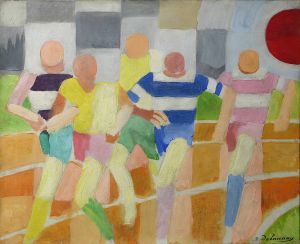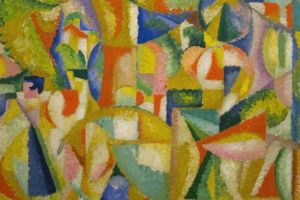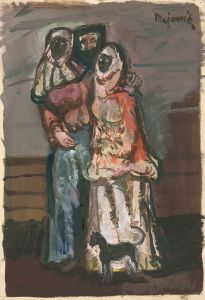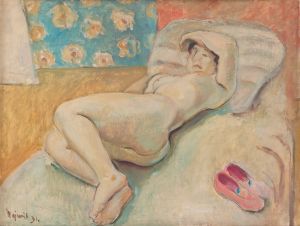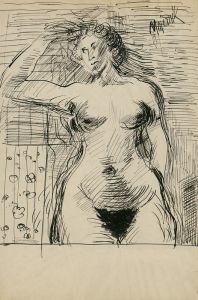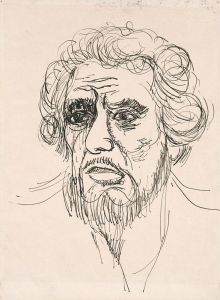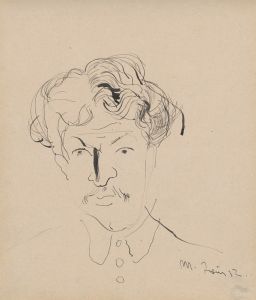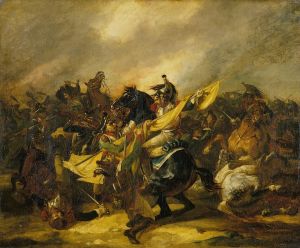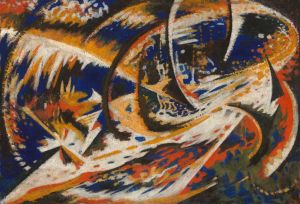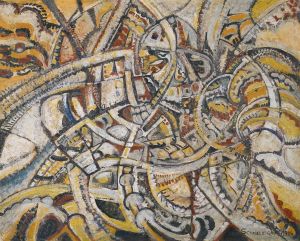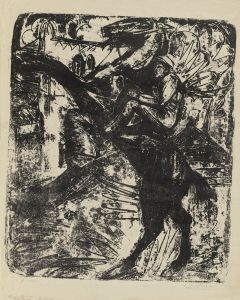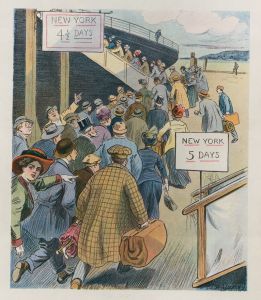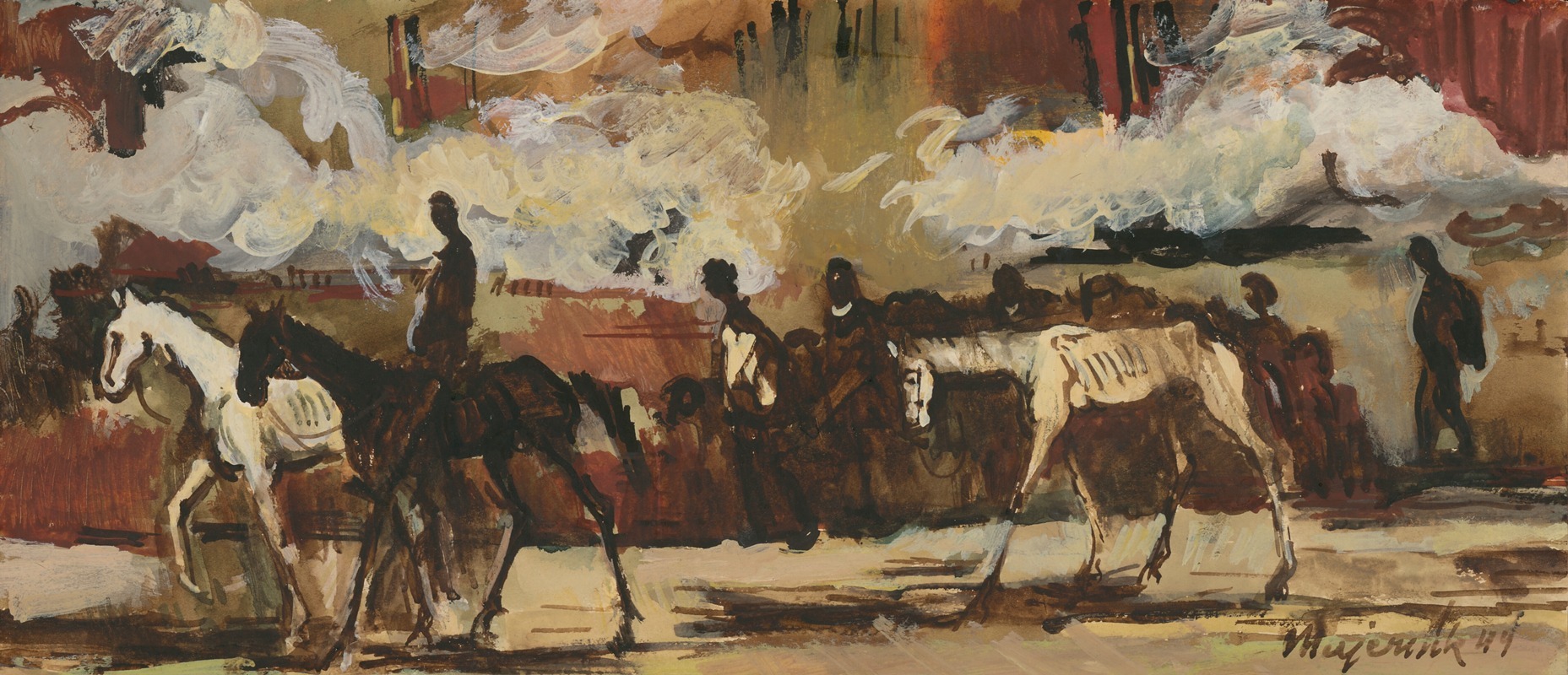
Riders
A hand-painted replica of Cyprián Majerník’s masterpiece Riders, meticulously crafted by professional artists to capture the true essence of the original. Each piece is created with museum-quality canvas and rare mineral pigments, carefully painted by experienced artists with delicate brushstrokes and rich, layered colors to perfectly recreate the texture of the original artwork. Unlike machine-printed reproductions, this hand-painted version brings the painting to life, infused with the artist’s emotions and skill in every stroke. Whether for personal collection or home decoration, it instantly elevates the artistic atmosphere of any space.
Cyprián Majerník was a Slovak painter known for his poignant and expressive works, often reflecting the socio-political turmoil of his time. Born in 1909 in Veľké Kostoľany, Slovakia, Majerník became an influential figure in Central European art during the early to mid-20th century. His works are characterized by their emotional depth and often depict themes of struggle, despair, and the human condition, influenced by the turbulent historical context of Europe during his lifetime.
One of Majerník's notable paintings is "Riders," which exemplifies his unique style and thematic focus. Painted during a period marked by the rise of totalitarian regimes and the outbreak of World War II, "Riders" captures the essence of uncertainty and existential angst that permeated the era. The painting is often interpreted as a reflection of the chaos and instability that defined Europe at the time.
"Riders" features a group of horsemen, depicted in a surreal and somewhat abstract manner. The figures are often portrayed with elongated forms and exaggerated features, a stylistic choice that Majerník employed to convey a sense of distortion and unease. The use of color in the painting is also significant; Majerník often utilized a muted palette, with shades of gray, brown, and blue dominating the composition. This choice of color further enhances the somber and contemplative mood of the piece.
The composition of "Riders" is dynamic, with the figures seemingly in motion, yet there is an underlying sense of stagnation and entrapment. This duality is a hallmark of Majerník's work, as he sought to capture the tension between movement and stillness, freedom and confinement. The riders, while appearing to advance, are often interpreted as being caught in an endless cycle, a metaphor for the repetitive and inescapable nature of conflict and human suffering.
Majerník's work, including "Riders," is often associated with the broader movement of Expressionism, which sought to convey emotional experience rather than physical reality. His paintings are imbued with a sense of melancholy and introspection, reflecting his personal struggles and the broader existential crises of his time. Despite facing significant personal challenges, including a battle with multiple sclerosis, Majerník continued to produce impactful art until his untimely death in 1945.
"Riders" remains an important work within Majerník's oeuvre, illustrating his ability to capture the complexities of the human spirit amidst adversity. Today, his paintings are held in high regard and can be found in various collections and museums, serving as a testament to his enduring legacy in the world of art. Through works like "Riders," Cyprián Majerník offers a poignant commentary on the human condition, one that continues to resonate with audiences and art enthusiasts around the world.





